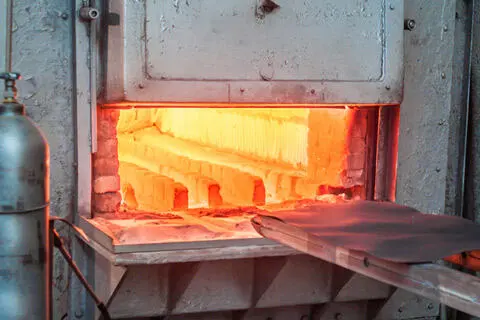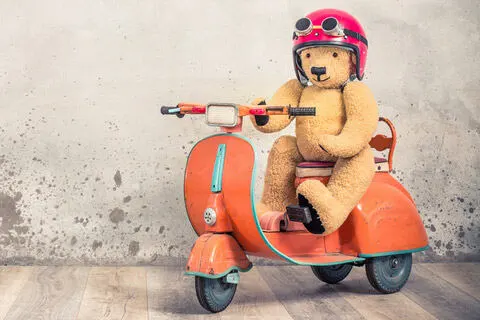
ASTM Medical Device Standards
ASTM is one of the leading standards developers for medical devices. With 24 categories, addressing everything from surgical implements to automated analysis, ASTM medical device standards cover a truly wide range. With how much research and training goes into the medical industry, standardization plays a key role in productively actualizing that effort. Organized below for your convenience by usage, industry, and theme are over 300 standards.







